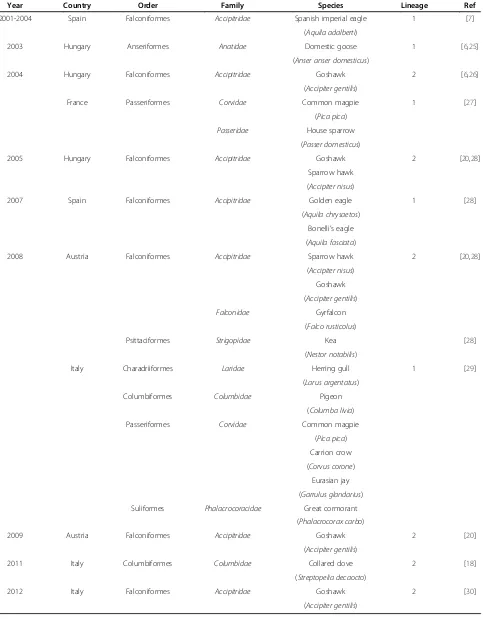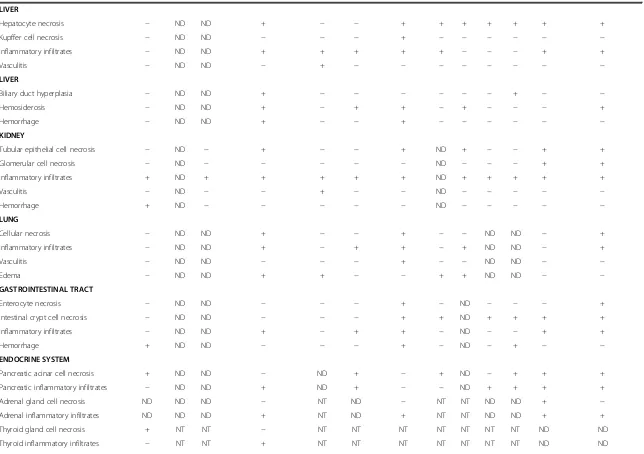Pathology and tissue tropism of natural West Nile virus infection in birds: a review
Full text
Figure




Related documents
mahsena muscle tissues, liver, kidney and intestine and their intestinal parasites (trematodes, cestodes and nematodes) as well as sea water were analyzed for the
But that is Marx’s exact point in discussing the lower phase of communism: “Right can never be higher than the economic structure of society and its cultural development which
19% serve a county. Fourteen per cent of the centers provide service for adjoining states in addition to the states in which they are located; usually these adjoining states have
Growth performance of jaraqui was better with 20% density of natural substrate, it being superior to the three densities of artificial substrate tested.. Values
CHILDREN: DENTAL CARIES AND A CONSIDERATION OF THE ROLE OF PEDIATRICS AND THE AMERICAN SOCIETY OF DENTISTRY FOR REPORT OF THE JOINT COMMITTEE OF THE AMERICAN ACADEMY
It was decided that with the presence of such significant red flag signs that she should undergo advanced imaging, in this case an MRI, that revealed an underlying malignancy, which
The aims of this study were to estimate the mortality due to diabetes mellitus attributed to physical inactivity in Brazil, to analyze these estimate in three points in time
Also, both diabetic groups there were a positive immunoreactivity of the photoreceptor inner segment, and this was also seen among control ani- mals treated with a

